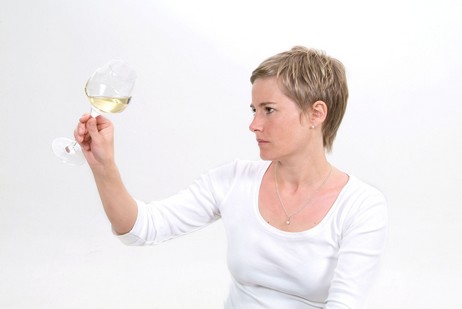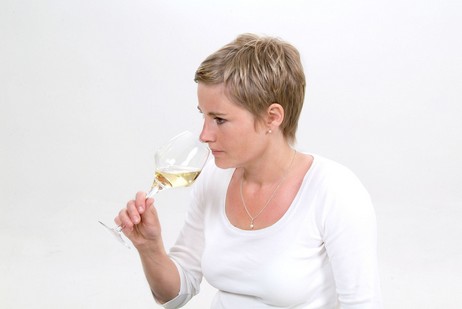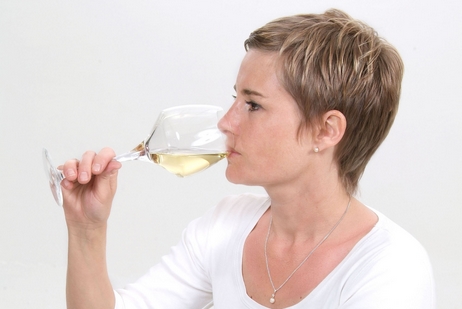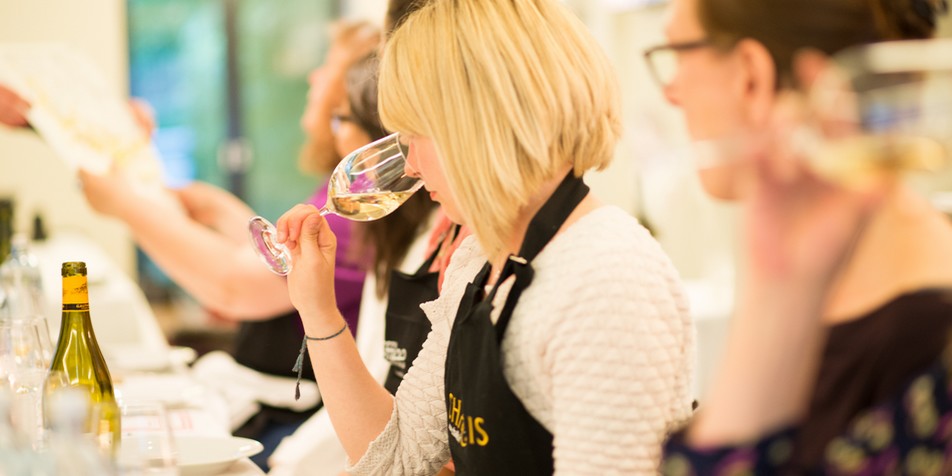The five senses in action
Once the wine is served, tasting can begin. This is always a moment when objectivity and subjectivity become confused. All the information previously absorbed prepares us for the tasting and can have an influence on our appreciation.
Tasting calls upon all five senses:
- TOUCH
This sense is used in the mouth. It is here that the temperature of the wine, its volume and its acidity are evaluated in a tactile way.
The sound of a bottle being uncorked, the noise of a glass being filled, the chink of a toast being drunk.


Once your glass has been poured, take the time to study the clarity and admire the color of the wine. Enjoy the colors on view - pale yellow with green reflections, white gold, straw yellow, amber yellow - there are so many varieties that can be intense, deep or subtle. The color of a wine gives you clues about its age.
Once in the glass, the wine can express itself. The first aromas emerge before the glass is moved. Simply hold it still and put your nose in. The second wave of aromas includes the aromatic notes released after the glass is moved. This can be a little perilous - and explains why the glass shouldn’t be too full! Turn the wine in the glass two or three times and then breath in gently with small, successive sniffs.
Once the wine is in the mouth, the attack reveals the first impressions and allows you to evaluate the balance of flavors - acid, sweet, bitter, salt. You will also appreciate the body of the wine and be able to evaluate the wine’s length, whether it is long, medium or short.


